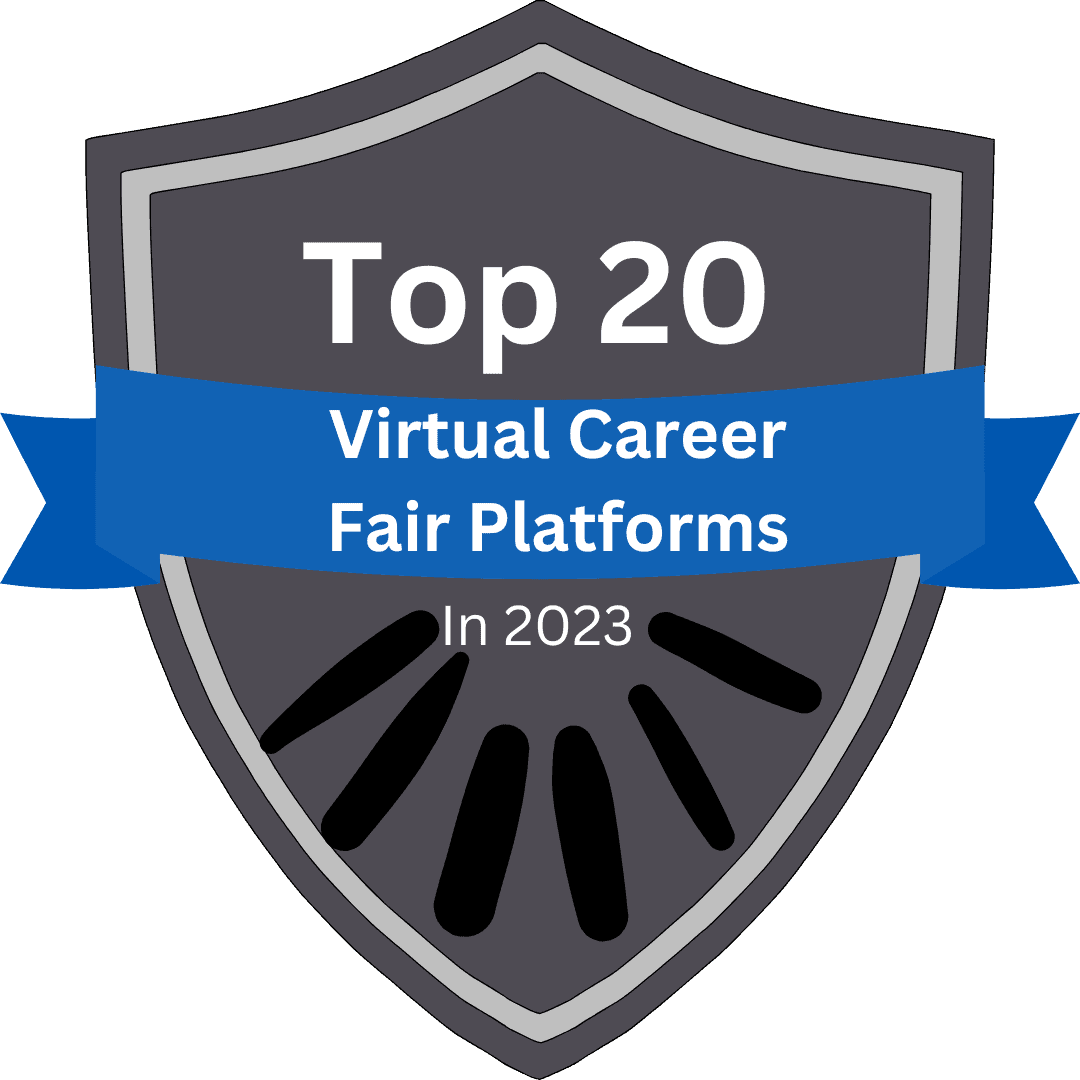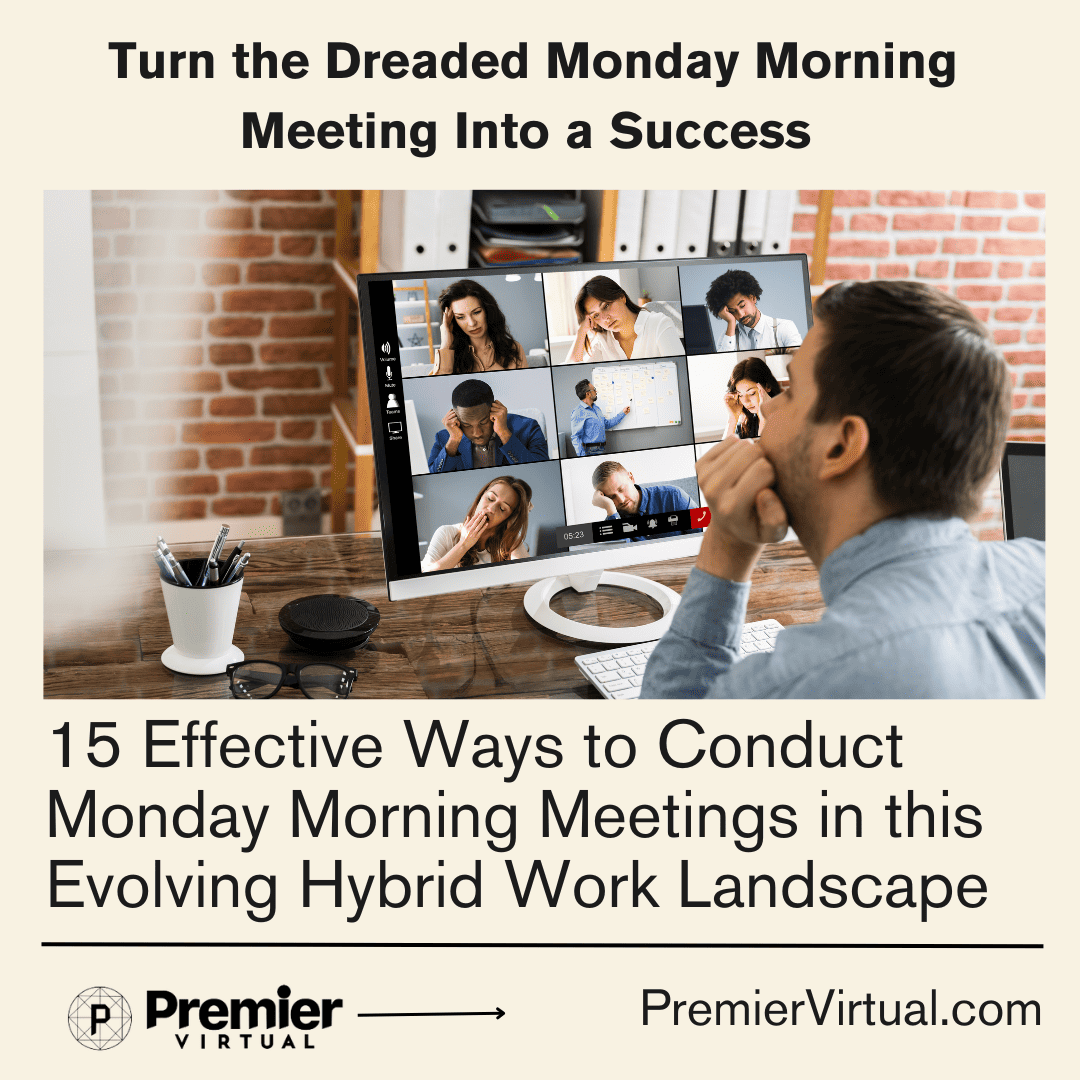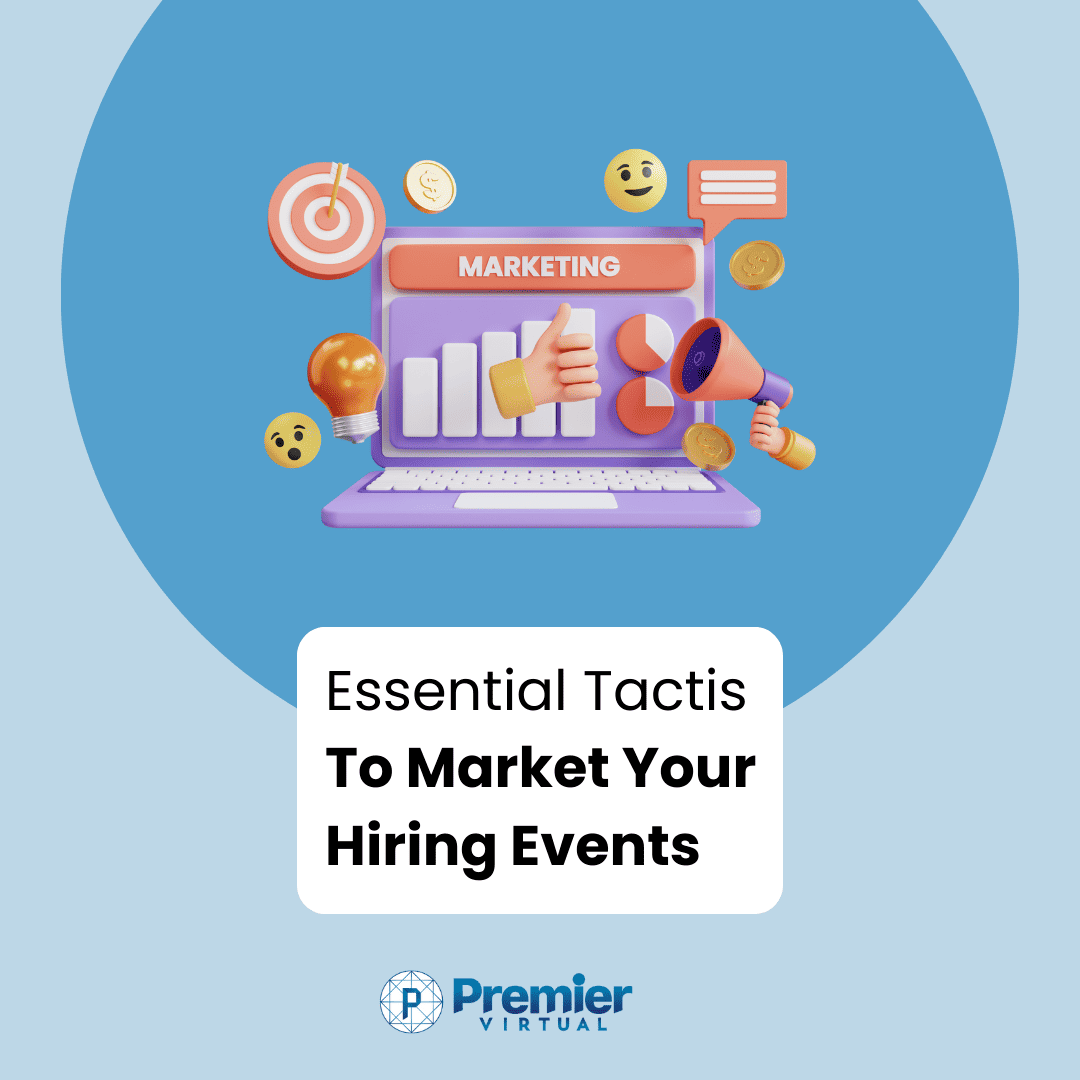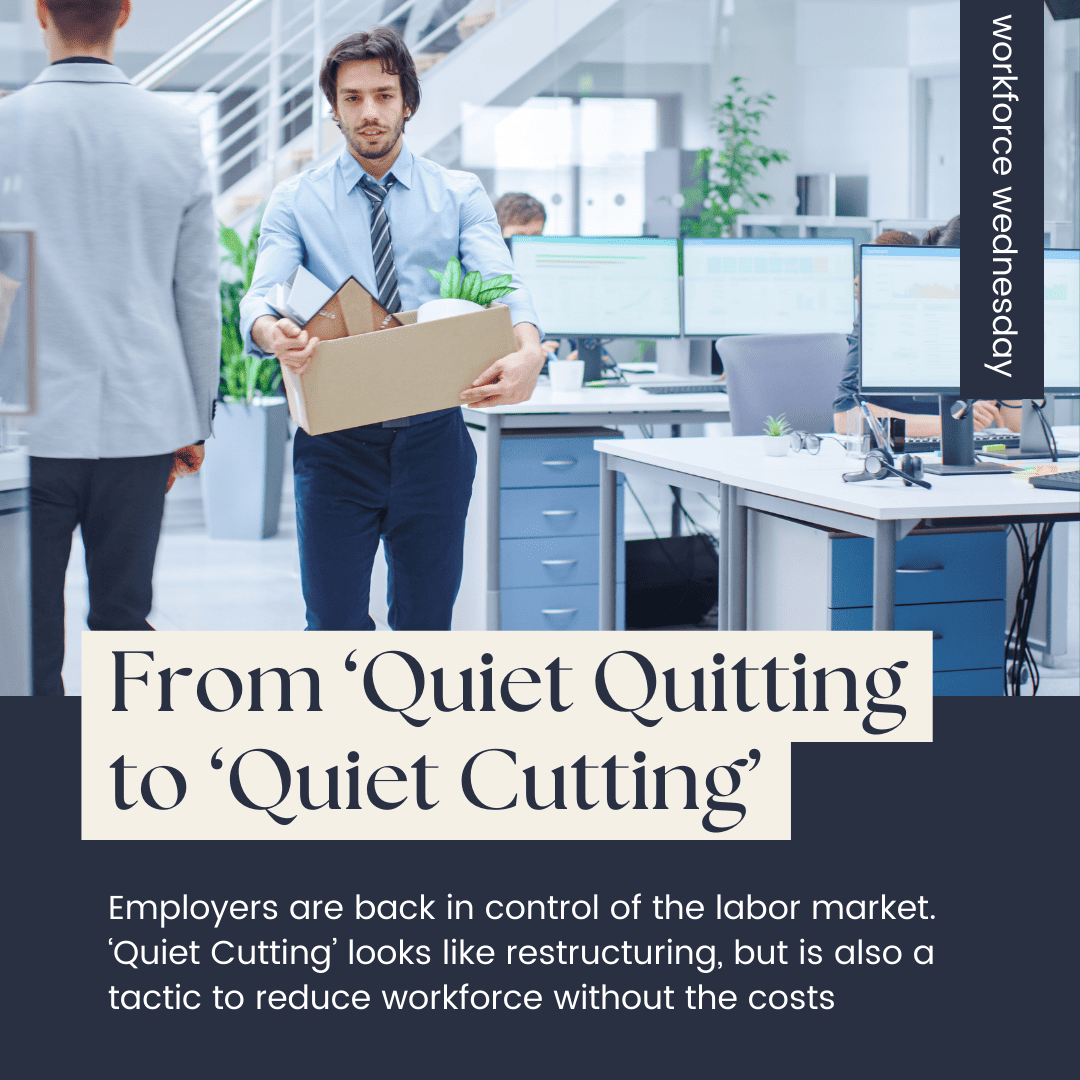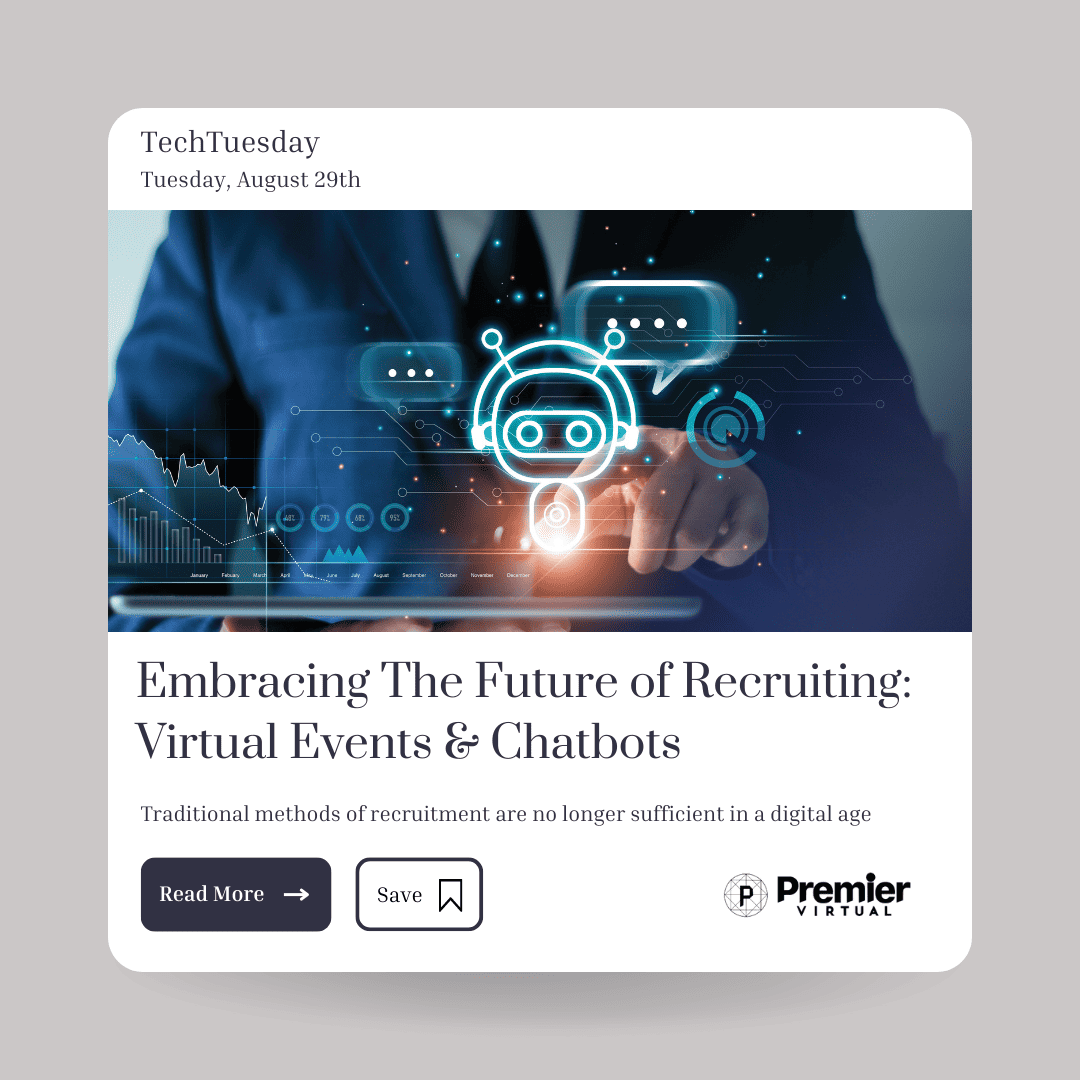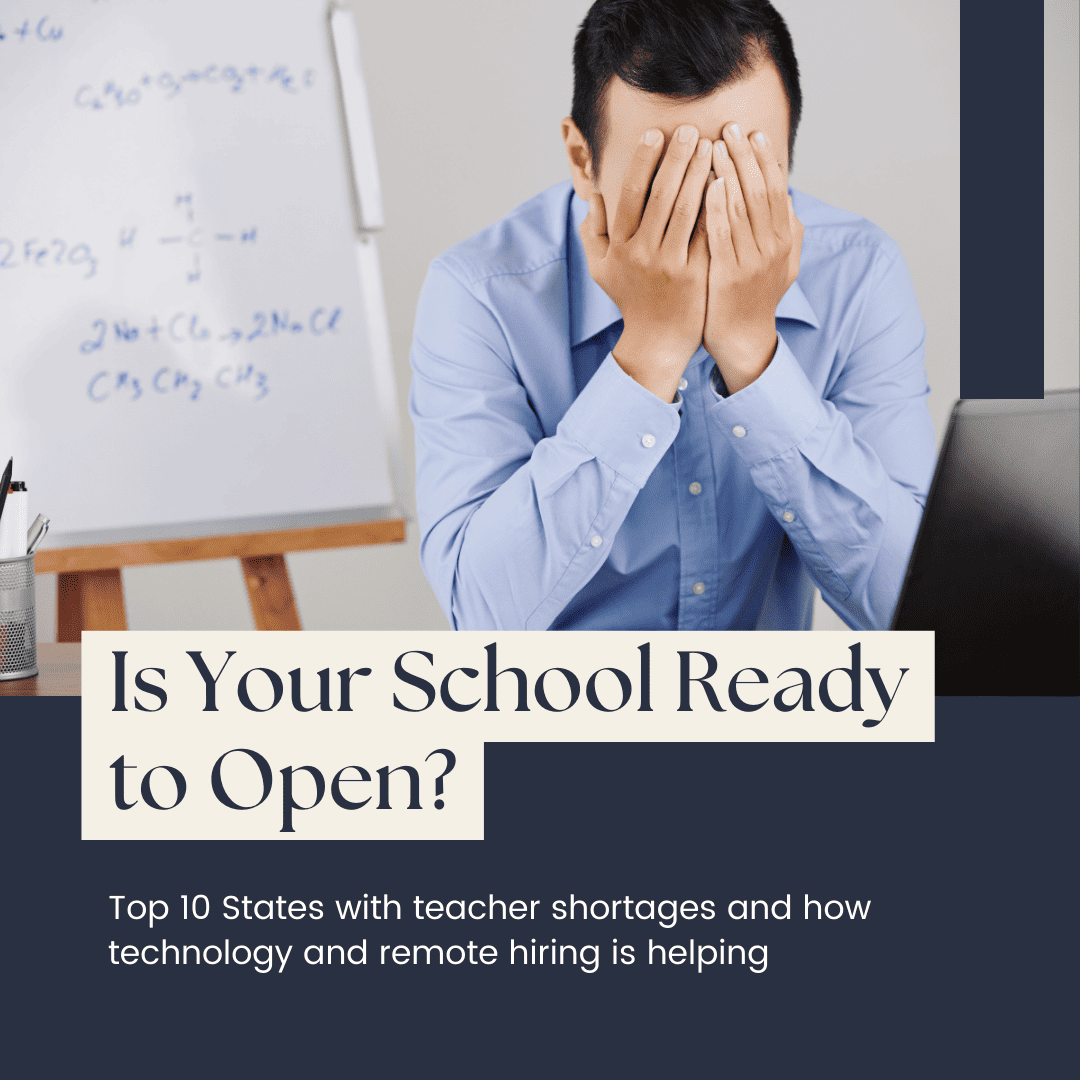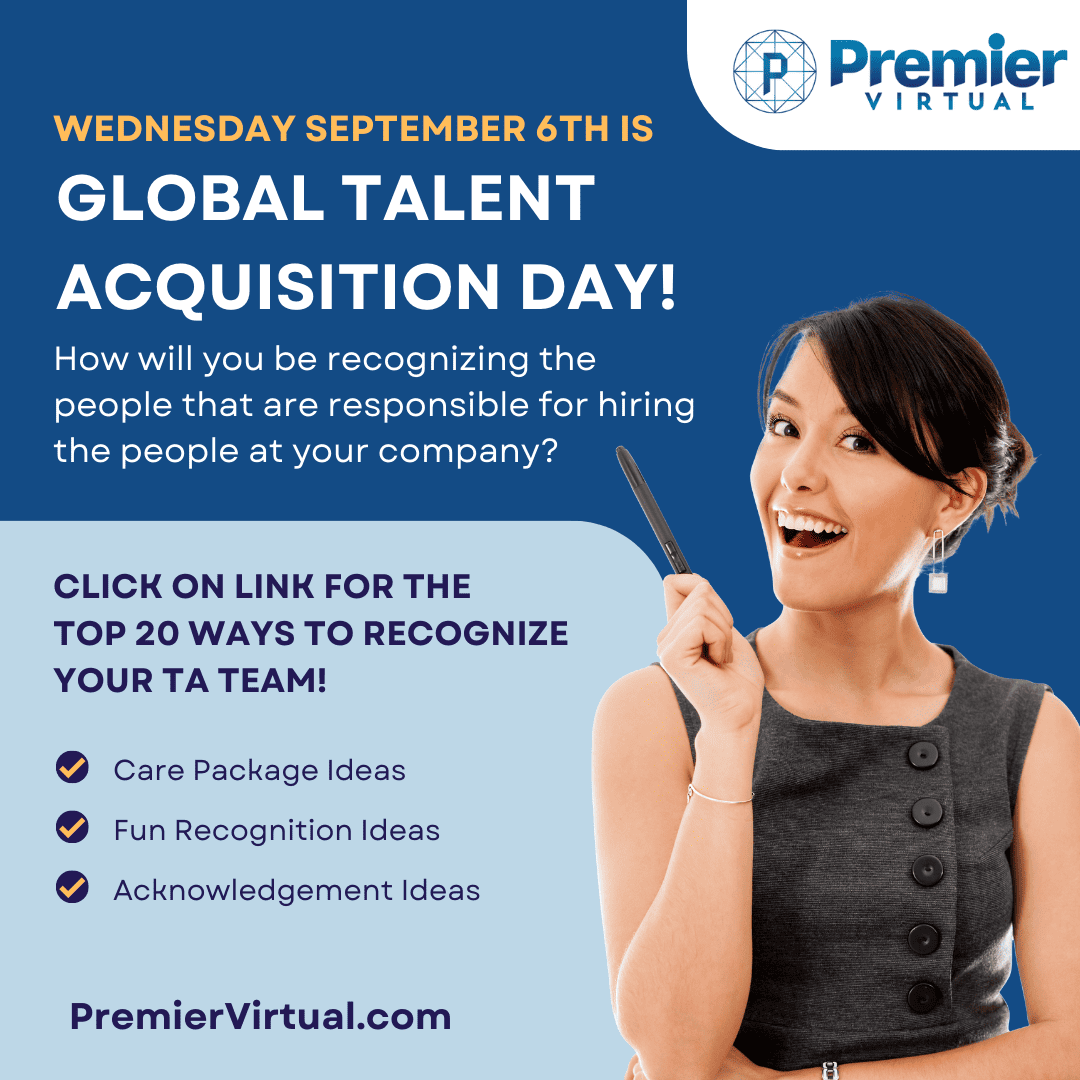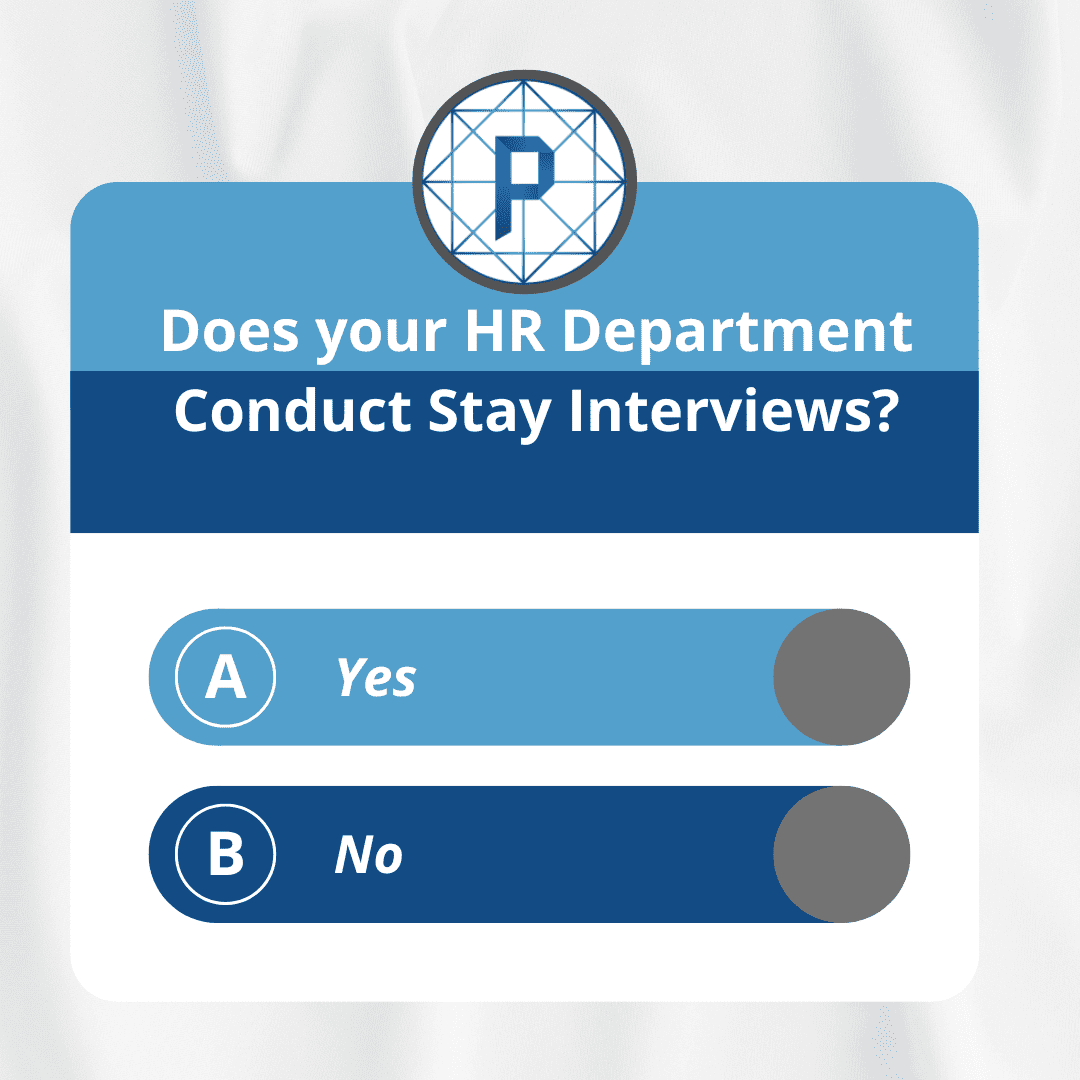Top 20 Virtual Career Fair Platforms in 2023
Gary Chambers
on
September 27, 2023
Hosting a virtual career fair can offer several benefits and advantages over traditional in-person job fairs. Here are some reasons why you might consider hosting a virtual job fair:
-
Accessibility: Virtual job fairs provide a higher level of accessibility for both employers and job seekers. Participants can join from anywhere in the world, eliminating geographical limitations and making it easier for individuals who may face mobility issues or have other constraints to attend.
-
Cost-effective: Hosting a virtual career fair is generally more cost-effective compared to an in-person event. You can save on venue rental, travel expenses, accommodation, and other logistical costs associated with organizing a physical event. It can be particularly beneficial if you have a limited budget.
-
Wider reach: By going virtual, you can extend your reach to a larger pool of candidates. People who might not have been able to attend an in-person job fair due to distance or scheduling conflicts can now participate online. This broader audience increases the chances of finding the right candidates for your job openings.
-
Time-efficient: Virtual career fairs streamline the hiring process by eliminating the need for lengthy setup and teardown procedures associated with physical events. Employers can interact with multiple candidates simultaneously through chat, video calls, or webinars, saving time and making the hiring process more efficient.
-
Enhanced data collection and analytics: Virtual platforms often provide robust data collection and analytics features. You can gather valuable insights on candidate engagement, attendance rates, popular job postings, and more. These analytics can help you make informed decisions, improve future recruitment strategies, and measure the success of your job fair.
-
Eco-friendly: By opting for a virtual career fair, you contribute to environmental sustainability by reducing carbon emissions associated with travel and physical event logistics. It aligns with the increasing focus on sustainability and corporate social responsibility.
-
Flexibility and convenience: Virtual career fairs offer flexibility for both employers and job seekers. Participants can attend from the comfort of their own homes or offices, saving time and effort in commuting. It allows individuals to fit the job fair into their schedules more easily.
Remember that while virtual job fairs offer many advantages, they may not completely replace the benefits of face-to-face interactions. It’s important to strike a balance and consider the specific needs of your organization and the nature of the job fair you plan to host.
Below are our top choices for the best Virtual Career Fair Platforms
1. Premier Virtual – More than hosting Career Fairs!
Already the preferred platform for nearly 200 workforce development boards across the U.S., Premier Virtual is an award-winning platform, specializing in hosting virtual job fairs. In fact, they have powered over 6,500 virtual hiring events, that have connected 70,000 employers to over 1M registered job seekers. The platform received a Top Performing award from Select Software Reviews and continually receives 5-star ratings from their clients on review sites like G2 and Capterra. Its customer support reputation is second to none with ratings that top the industry, and it’s something that Premier Virtual takes a lot of pride in.
Premier Virtual continues to release updates and new features that set the bar in the virtual hiring event industry. A new hire tracking feature released in March 2023 set a new standard, and offers value that no other virtual platform offers at this time. There is so much more to Premier Virtual than just hosting hiring events, it is truly an all-in-one virtual recruitment platform.
The dedicated to customer support means that each customer is assigned a dedicated Success Manager so that everyone is trained on how to use the platform and familiar with all the features and benefits. 24/7 Tech support, live reporting, video interviews, an interview scheduler and so much more, while still keeping it easy to use for the host, employer and job candidate.
Best of all, Premier Virtual offers flat-rate pricing, so there are no hidden fees, or extra costs for additional booths or resumes downloaded. The more events you host or attend, the more value you get! See how easy and affordable it is to host a virtual job fair or add a virtual option to an in-person event by scheduling your free demo today.
Not only that, but for a limited time, Premier Virtual is currently offering a free trial event
CLICK HERE FOR A FREE VIRTUAL CAREER FAIR PLATFORM TRIAL EVENT
2. Easy Virtual Fair – With EasyVirtualFair’s online career fair software, we provide a sophisticated job fair simulation that enables real-time interaction between recruiters and candidates. Our recruiting event software enables you to find top talent while facilitating a better job hunt experience for potential candidates.
3. vFairs – vFairs is a virtual & hybrid events platform that helps organizations reach global audiences. Start hosting amazing online conferences, trade shows, job fairs & more.
4. 6 Connex – We harness the power of imagination and technology to help companies grow in a digital age. Change the way you see events; transform the way you do business.
5. Brazen – Virtual hiring events, virtual career fairs, video interviewing, live webinars, live chat, recruiting chatbots, interactive networking events, and so much more. Brazen’s software is the perfect solution for companies, universities, associations, workforce development organizations, and more!
6. CareerEco – CareerEco virtual events connect students and alumni with employers & grad schools. A new job, a new degree, a new way to get where you want to be.
7. XOR – Achieve Hiring Goals With Ease – What if you could spend 100% of your time speaking with amazing talent and forget everything else? With XOR’s talent platform, we automate the most repetitive tasks so you can focus on hiring.
8. GR8 People – GET ON THE PATH TO PRODUCTIVITY WITH THE GR8 PEOPLE ONE-EXPERIENCE TALENT PLATFORM AND POWER RECRUITER PERFORMANCE ACROSS THE ENTIRE HIRING LIFECYCLE—NO MATTER WHERE THE ROAD LEADS.
9. Eightfold.ai – Transform how you hire and retain a diverse global workforce with the AI-powered Talent Intelligence Platform.
10. Hopin – Hopin is an online events platform where you can create engaging virtual events that connect people around the globe.
Our complete list of the Top 20 Virtual hiring Platforms
- Premier Virtual
- Easy Virtual Fair
- vFairs
- 6 Connex
- Brazen Virtual Career Fair
- CareerEco
- XOR
- GR8 People
- Eighfold.ai
- Hopin
- GR8 People
- Hopin
- 6 Connex
- Communiqué Conferencing
- Paradox
- Live Recruit
- Handshake
- Symplicity
- Paradox
- Zoom
- TextRecruit
- VidCruiter
- Bizzabo

